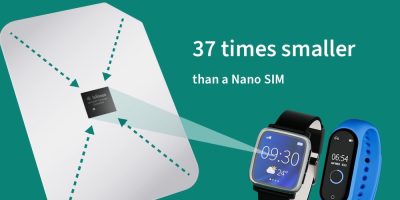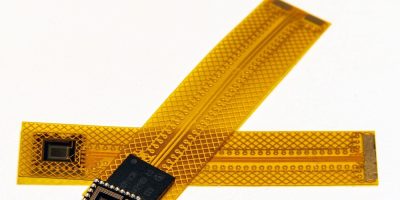Wearables, smartphones, tablets: In the consumer sector in particular, the demand for ever greater functionality, simplicity, and battery lifetime is increasing. Infineon Technologies contributes to these requirements with the introduction of the OPTIGA Connect Consumer OC1230. It is the world’s smallest GSMA-compliant and first 28 nm eSIM solution. OPTIGA Connect Consumer allows up to 50 percent less energy consumption compared to eSIMs on the market, extending the lifetime of the device’s battery without compromising on performance. It also contributes largely to more convenience since eSIMs can be managed remotely, making haptic SIM changes abundant thus saving time and resources and allowing for greater flexibility. Smartphone users can switch between different providers more easily, manufacturers can be more flexible in their design since physical access is not required. This can be a large advantage in IoT devices. Above all, OPTIGA Connect Consumer OC1230 is ideal for consumer devices such as smartphones, tablets, and notebooks, and even for small devices such as smartwatches and other wearables as well as 5G routers and POS payment terminals.
The OPTIGA Connect Consumer OC1230’s security architecture is based on Arm v8 and Infineon’s Integrity Guard 32 technology for increased performance and reduced power consumption. It enables a gain of 25 percent power/performance ratio compared to existing eSIMs on the market, thus extending the lifetime of the device’s battery. Remote SIM provisioning (RSP) and multiple enabled profiles (MEP) compliant with GSMA SGP.22 v3 enhance the end user experience. Users can download and store several mobile network operator profiles and remotely activate multiple profiles simultaneously.
With only 1.8 x 1.6 x 0.4 mm, the ultra-small chip-scale packaging reduces printed circuit board (PCB) space requirements by a factor of 37 relative to Nano SIMs and by a factor of 130 compared to standard SIMs. The OPTIGA Connect Consumer OC1230 is also available in X2QFN20 (3.0 x 3.0 x 0.3 mm) package. The eSIM solution features a large memory of 1 MB to accommodate multiple network operator profiles along with additional applications and user data.
OPTIGA Connect Consumer OC1230 is security evaluated according to BSI-CC-PP-0100-2018, specified in GSMA SGP.25 and is based on post-quantum-cryptography-(PQC) ready hardware.
The OPTIGA Connect Consumer OC1230 is available now.







